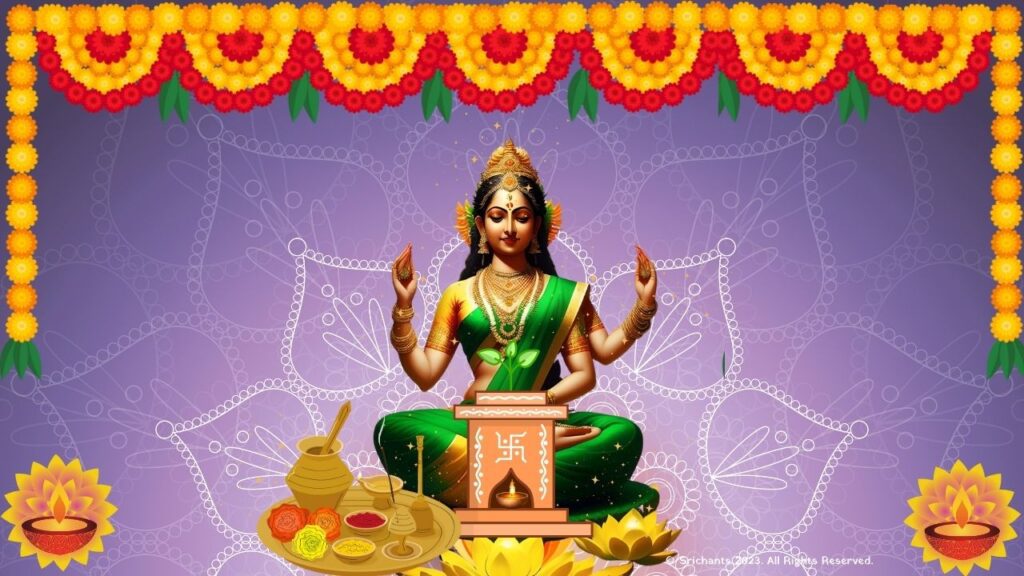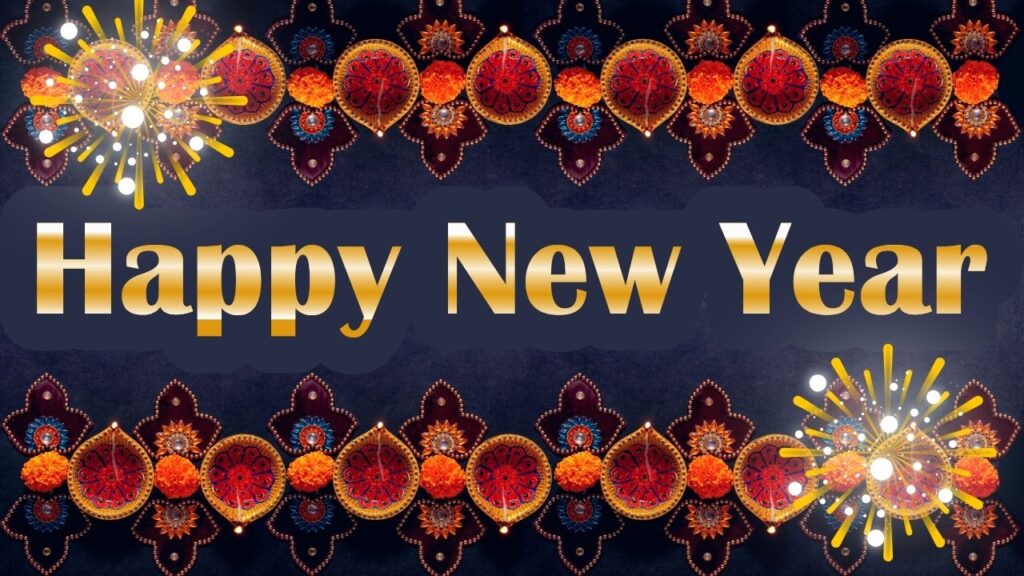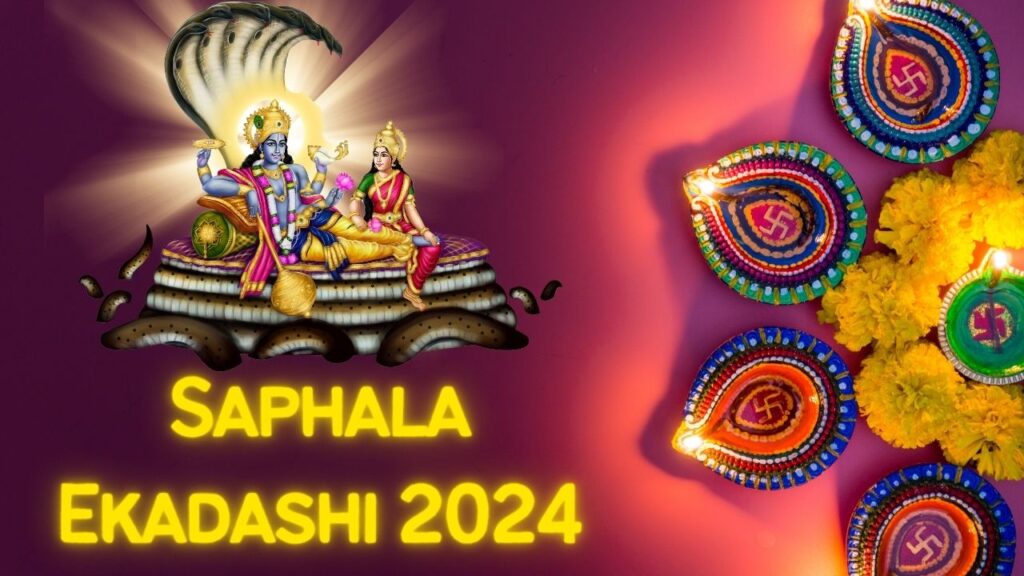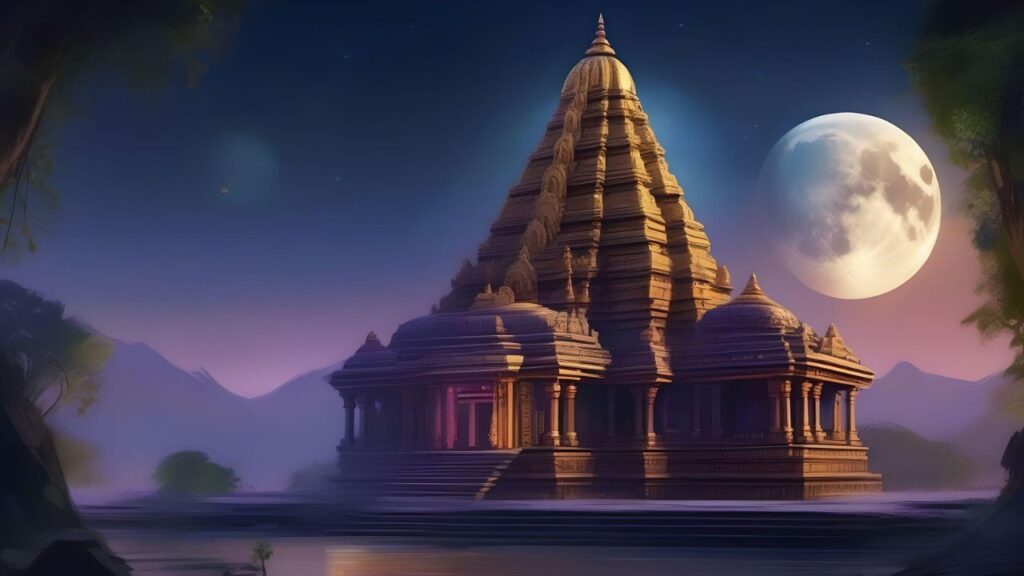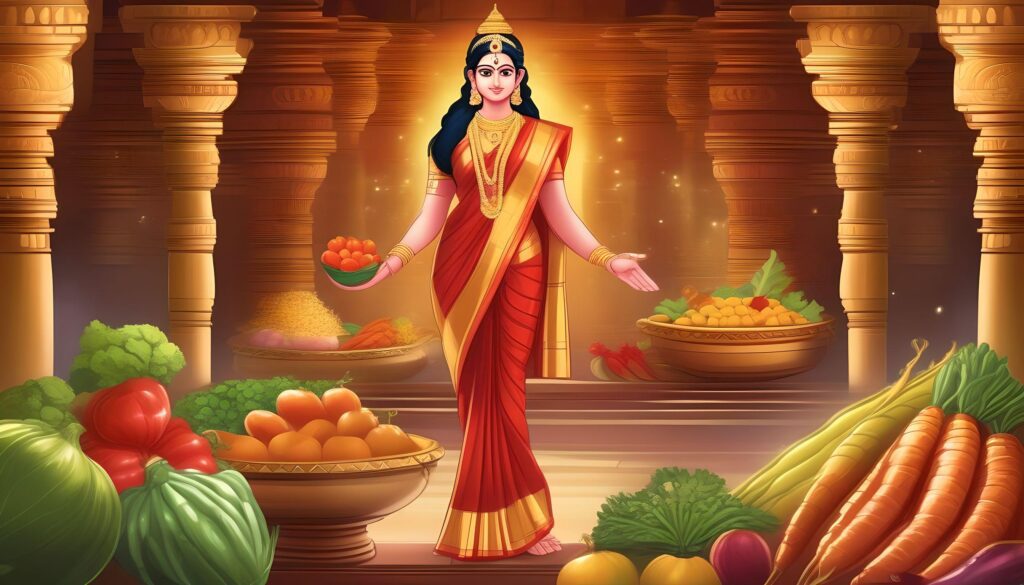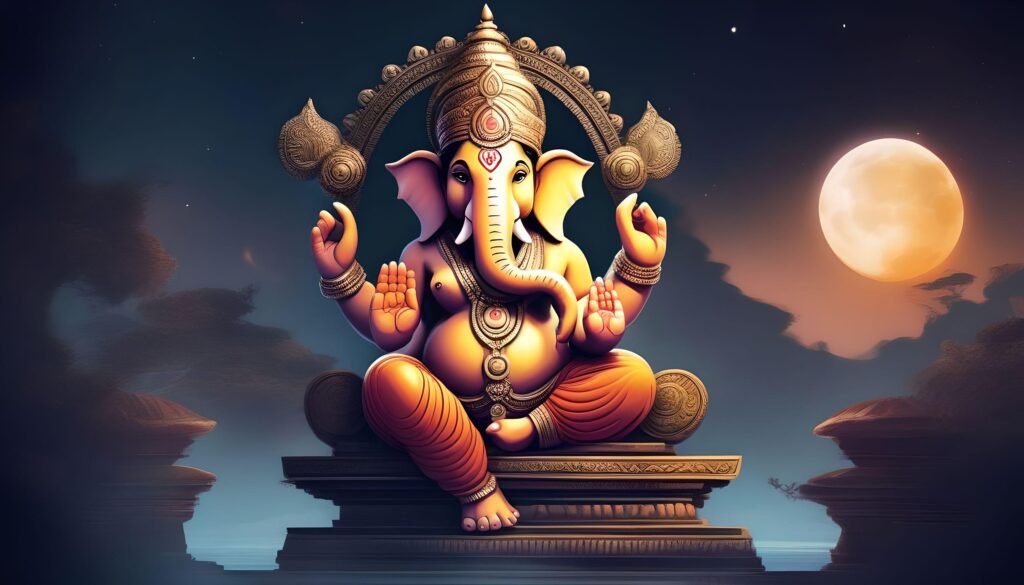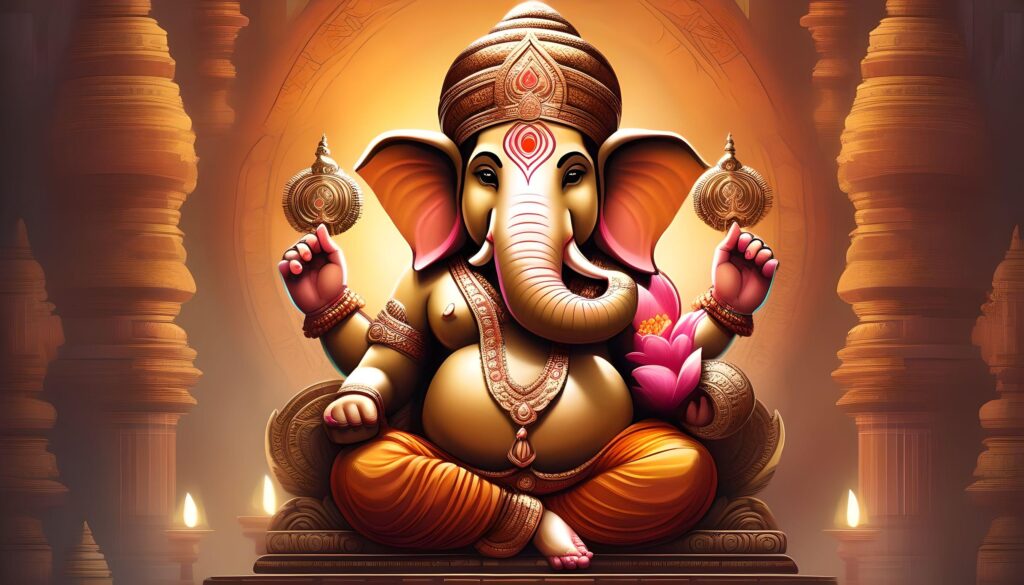Choti Holi
Introduction
India, a nation renowned for its complex tapestry of customs and energetic celebrations, finds one of its most cherished events in Holi – the Festival of Colors. But Choti Holi, sometimes known as Holika Dahan, is a holy forerunner before the day colors fly and joyful laughter fills the air. This lucky day prepares the ground for the joyous celebrations that follow by marking the triumph of good over evil.
Choti Holi is a deep statement of faith, communal spirit, and cultural legacy rather than only a custom. This is a day when the purity of the heart is honored with the flame of a bonfire and old legends come alive via fascinating ceremonies. From its mythical roots and spiritual relevance to its rituals, cultural influence, and contemporary modifications, the multi-dimensional elements of Choti Holi will be discussed in this page. This book seeks to give a complete knowledge of Choti Holi that connects with every Indian soul by combining sincere narrative with useful ideas.
The Mythological Roots of Choti Holi
The Legend of Prahlad and Holika
Choti Holi is fundamentally based on an old story passed down over decades. The narrative centres on the devout follower Prahlad and his despotic father, the demon king Hiranyakashipu. Drunk on his own authority, the monarch insisted that everyone honor him, therefore excluding any space for any other deity. Prahlad, though, stayed firmly committed to Lord Vishnu.
When Hiranyakashipu disobeyed Prahlad’s unflinching faith, he teamed up with his sister Holika, who had a mystical cloak rendering her immune to fire. With the goal of killing Prahlad, Holika fooled him into seated on her lap in a raging fire. But then Lord Vishnu’s heavenly grace intervened. Ironically, Prahlad emerged unharmed while the protecting cloak left Holika and she was engulfed in the flames. This amazing incident stood for the triumph of good over evil and the shielding ability of divine faith.
Symbolism of the Fire
The bonfire started on Choti Holi is far more than just a physical fire. It stands for the burning out of all that is impure, sins, and negative energies. The flickering flames provide as a potent reminder that the light of morality and loyalty will always triumph even if the world may seem to be dark. The fire not only cleanses the surroundings but also helps the devotees’ hearts to be ready for the rebirth of spirit the next celebrations bring.
Spiritual Significance and Cultural Importance
Purification and Renewal
Choti Holi is basically a day for purifying. One is thought to be able to release previous negativity and sins by engaging in Holika Dahan’s ceremonies. This purifying deed reaches the soul as well as the physical surroundings, therefore enabling people to start over. The ceremony marks the burning away of old habits, resentments, and toxins therefore opening space for fresh starts and spiritual development.
A Day of Devotion and Faith
Choti Holi is a day set for intense spiritual practices for many of the followers. This is time for prayer, chanting, and contemplation of the divine lessons. The observance is mostly based on the recital of holy mantras and hymns, particularly those praising Lord Vishnu. The relentless loyalty shown today strengthens faith and reminds us of the continuous struggle between good and evil. It is a call to give up the ego and welcome morality and humility.
Community Bonding and Social Harmony
The way Choti Holi brings people together is among its most lovely features. Families and neighbors team across towns, villages, and cities to honor this fortunate day. The unity is evident whether one is eating a traditional dinner following the ceremonies or around a communal bonfire. Celebrating Choti Holi together promotes a feeling of kinship and enhances the social fabric, therefore transcending caste, creed, and social level.
Preparing for the Festival of Colors
Considered as a prelude to Rangwali Holi, the day when vivid colors and exuberant celebration take front stage, Choti Holi is also Choti Holi generates a spiritual and physical setting fit for the lighthearted festivities by cleansing the mind and body. This is a season of constraint and introspection that finally results in the unrestrained manifestation of happiness and freedom on Holi.
Detailed Rituals and Practices of Choti Holi
Lighting the Bonfire (Holika Dahan)
Choti Holi’s bonfire is surely its focal point. Families and communities congregate in open areas as evening falls to get ready for Holika Dahan. Many Indian homes view the natural materials used in the bonfire—wood, dry leaves, and cow dung cakes—as pure and lucky.
An idol or picture of Holika is sometimes positioned next to the bonfire as a symbolic depiction of evil that has to be destroyed before the fire is started. Devotees worship, sing bhajans—devotional songs—and make offerings like flowers, coconut, wheat, sugarcane. With great respect, the bonfire’s lighting marks the burning away of negativity and the arrival of positive energy.
Recitation of Sacred Mantras
The Choti Holi rites depend much on the mantra chanting. Devotees round the campfire chanting holy chants honouring Lord Vishnu and other gods. Considered to call for divine protection and blessings, the “Om Namo Bhagavate Vasudevaya,” one of the most often repeated mantras, is Connecting the participants to the divine energy, the rhythmic chanting generates a serenity and spiritual uplifting environment.
Ritualistic Offerings
Offerings made during Choti Holi are rich in symbolism. Each item offered to the fire carries a specific meaning and blessing:
- Coconuts: Breaking a coconut and offering it to the fire signifies the breaking of the ego and the surrender of one’s pride.
- Wheat and Sugarcane: These offerings symbolize abundance, fertility, and prosperity. They are believed to ensure a bountiful year ahead.
- Flowers: Fresh marigolds, roses, and other vibrant flowers are used to decorate the bonfire area, representing the beauty and transience of life.
- Milk and Ghee: Pouring milk and clarified butter (ghee) into the fire is an act of purification. It is believed to sanctify the offerings and invoke the blessings of the divine.
Community Gatherings and Celebratory Feasts
Communities gather to eat a meal once the rite is over. Part of Choti Holi, this feast signifies unity and shared benefits. Usually vegetarian, the cuisine reflects the simplicity and sattvic (pure) character of the ceremonies. Often featuring traditional dishes handed down through the years, these shared dinners create a very nostalgic and culturally enhancing experience.
Special Prayers and Devotional Songs
Choti Holi ceremonies in various areas center on particular prayers and devotional songs. Events featuring the narrative of Prahlad and Holika told via music and drama take place in temples and community centers. These artistic manifestations not only entertain but also teach the next generation the value of the event. Deep respect and delight arise from the heartfelt performances of bhajans and kirtans, devotional chants, resonating with the collective spirit.
The Cultural Impact of Choti Holi
A Celebration of Tradition and Heritage
Choti Holi is firmly woven into Indian cultural fabric. This is a day celebrating and safeguarding of old customs. Holika Dahan’s customs are evidence of the wisdom of our forebears, who saw the need of spiritual cleansing and social peace. Through carrying on these customs, we not only honor our rich legacy but also make sure that next generations inherit these values.
Regional Variations and Unique Practices
Although Choti Holi’s fundamental nature is the same everywhere, regional differences provide the celebrations a wonderful variety. While in the western areas like Maharashtra and Gujarat, the emphasis is often on community meetings and folk performances, in North India major bonfires and theatrical reenactments of the Prahlad-Holika narrative are common. Emphasizing personal devotion and meditation, southern India usually celebrates the holiday with a more quiet and reflective attitude. Vibrant processions and creative exhibits provide Eastern India’s celebration a special appeal. These regional peculiarities not only enhance the whole experience but also mirror the varied cultural scene of our country.
The Role of Art and Music
Celebrating Choti Holi is much enhanced with art and music. Passionately and fervently sung traditional folk melodies, bhajans, and kirtans captures the core of the celebration. By means of dance and drama, local artists and performers bring the tales of old legends to life, so safeguarding and celebrating of the cultural traditions. This blending of faith, music, and art produces a really touching and uplifting sensory experience.
Modern Adaptations and Eco-Friendly Practices
Embracing Technology Without Losing Tradition
The core of ancient celebrations like Choti Holi has found fresh channels for expression in the fast-paced digital environment of today. Many societies nowadays include digital components into their festivities without sacrificing the central rites. Temple events live streamed, online mantra recitations, and social media groups devoted to Holika Dahan let followers from all around to join in the celebrations. These online forums now serve as a link between the diaspora and their cultural heritage, embracing contemporary technologies while also bridging gaps.
Eco-Friendly Celebrations
Rising knowledge of environmental sustainability has led to deliberate attempts to make Choti Holi celebrations more ecologically friendly. For their bonfires, many communities are choosing natural materials—such as organic leaves and dry wood—instead than synthetic or dangerous chemicals. To guarantee that the celebration is both spiritually clean and environmentally conscious, there is also a growing trend toward employing natural décor — imagine fresh flowers, hand-made rangolis using environmentally safe colors, and recyclable materials. These methods not only help the environment but also appeal to the old Indian philosophy of coexistence with it.
Wellness and Holistic Living
The health movement of today finds fresh significance in the ideas of purification and rebirth that define Choti Holi. Fasting and eating light, healthy meals during the festival fit quite nicely with current detoxifying practices. Furthermore, many have been motivated to include mindfulness, meditation, and community building during Choti Holi into their regular routines. Rooted in ancient customs, this all-encompassing approach to well-being still inspires individuals to lead better, more balanced life.
Personal Reflections and Heartfelt Anecdotes
A Festival That Touches the Soul
Choti Holi is, for many Indians, a very personal and emotional event rather than only a ceremonial observance. On cold evenings in my town, the cozy glow of the bonfire still reminds me of magic and mystery created by the rhythmic chanting of elders and the roaring fire. Recited with such fervent emotion that it seemed as though time had frozen, the tales of Prahlad’s never faltering faith and Holika’s death were right here among us. These memories—which abound in laughter, tears, and a feeling of community—have molded my perspective of faith and custom.
Community Bonding and Shared Joy
The power of Choti Holi to remove divisions and unite people is among its most charming features. I remember neighbors gathering around the bonfire, from all walks of life and social level. We would trade stories of optimism and resiliency, help each other set up the ceremony, and eat traditional delicacies. This was the day when every soul was linked by the common celebration and every heart beat in time. Maybe the most worthwhile gift Choti Holi presents is this unity.
A Journey of Self-Reflection
Some people find the celebration to be also a time for contemplation and personal development. One’s perspective can be much changed by the simple act of starting a fire to burn away old negative influences. I have come to see throughout the years that Choti Holi reminds us that every day presents an opportunity for rebirth rather than only honoring a mythological story. It reminds us to forgive, let go of resentment, and forward with a cleaned-heart. These personal encounters have enhanced my life and motivated me always to welcome the actual essence of the celebration.
Integrating the Spirit of Choti Holi into Everyday Life
Embracing Purity and Simplicity
Choti Holi’s customs and lessons transcend the celebration itself. They inspire us to live lives free from complexity, clutter, and distraction. Daily introspection and thanks will help us to give our daily activities the same rejuvenation Choti Holi celebrates. Starting the day with a few minutes of meditation or trying to do deeds of kindness—the lessons of this holy day might help us toward a more balanced and contented life.
Cultivating a Spirit of Community
The communal core of Choti Holi reminds us strongly of the value of social ties in our more individualistic society. Celebrating this celebration with neighbors, friends, and family helps one to feel responsible and to belong. We not only respect our past but also create a more linked future by always gathering and celebrating our cultural values.
A Journey Towards Self-Improvement
Choti Holi motivates us to concentrate on personal development by stressing the need of burning away negativity. This could involve just adopting a more optimistic view of life, addressing inner issues, or even giving up bad behaviors. In many respects, the celebration serves as a stimulus for personal development—a time when everyone of us can commit to be better versions of ourselves.
Conclusion
Choti Holi honors far more than just the ceremonial lighting of a bonfire. Rich mythology, spiritual depth, and cultural vitality abound on this day. It provides us a chance to clean our brains, rejuvenate our spirits, and unite as a society in preparation of the great Rangwali Holi celebration. With their great symbolism and everlasting relevance, Holika Dahan’s rites remind us that the light of faith and the power of unification will help us to conquer any obstacle.
Choti Holi shows us that the road to self-improvement and spiritual regeneration is an ongoing one by means of its gripping stories, soulful chants, and group meetings. It reminds us that our own hearts fight the struggle between good and evil, not on far-off battlefields. The old is burned away by the holy flames, which also open the path for fresh starts, optimism, and countless opportunities.
By adopting the Choti Holi ethos, we respect our forebears’ legacy and support the ageless ideals of purity, compassion, and togetherness. Allow the teachings of this holy day to motivate you to let go of negativity, honor the wonders of life, and strengthen your close relationship with the divine. May the fire of Choti Holi light your road, bring happiness to your heart, and lead you toward a future defined by fresh direction and unbounded grace.
Let us also keep in mind that the real meaning of Choti Holi is its capacity to highlight our best qualities—remembering that with every ending comes the promise of a fresh beginning and with every flame there is a spark of divine light just waiting to shine through. As we celebrate this prelude to the Festival of Colors.

